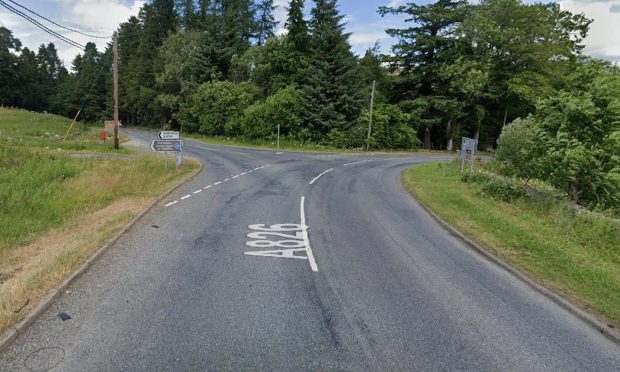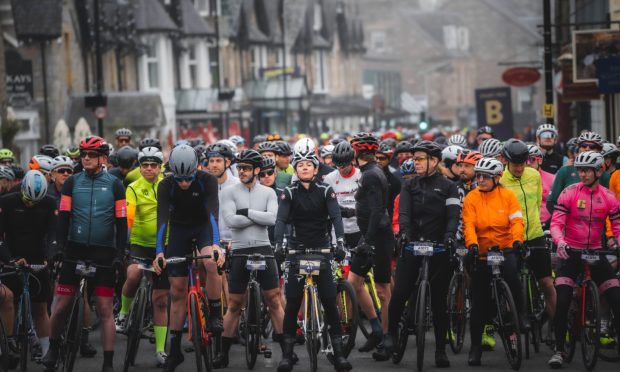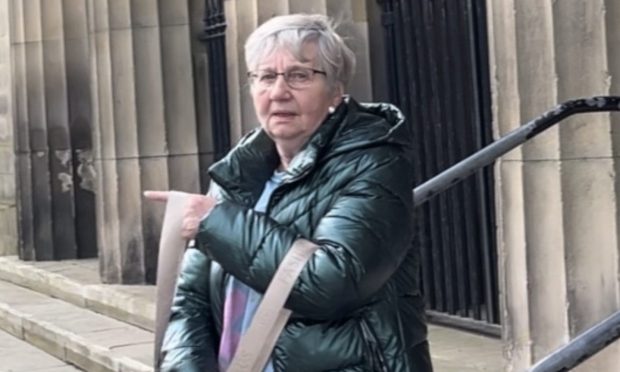In the world of art, antiques and collectables provenance and rarity is everything.
A provable connection with a famous person can elevate a humdrum artefact to a sought after and valuable piece while evidence that a painting is by a famous hand can catapult it into a different league in the auction world.
Rarity and traceability collided in dramatic fashion this week when someone paid 22 times the normal price for a piece of gold – just because it came from Perthshire.
Certainly rare and with immaculate provenance, the first ounce of commercially-mined Scottish gold from the Cononish mine near Tyndrum was auctioned off for an eye-watering £21,000 compared to the more modest £953 which would buy an ounce of run-of-the-mill gold.
The huge difference rather begs the question of why anyone would be willing to part with such a lot of money for the gold.
Presumably it looks, feels and weighs the same as any other gold? Is it really worth a premium of £20,000 simply to know it came from Perthshire and not some far flung corner of the globe?
No doubt pleasing for the operators of the mine, though I suppose they face a dilemma as if they become too successful, supply and demand will come into play and slash prices (ounces two to ten “only” made an average of £4,557 each).
It also conjures up an interesting possibility – the history of collecting has been littered with enterprising forgers who have supplied a gullible market with a steady stream of fakes.
One crafty crook famously even forged letters of authenticity for a number of still damp paintings which he sneaked into various archives, proving they were the “real” thing to the satisfaction of the art market.
It’s a pleasing thought to imagine that someone, somewhere is planning the miraculous discovery of Dundee/Kirkcaldy/Brechin’s first nugget of gold which a collector will be more than happy to pay a premium for, secure in the knowledge that it is different in some way from all other gold.










